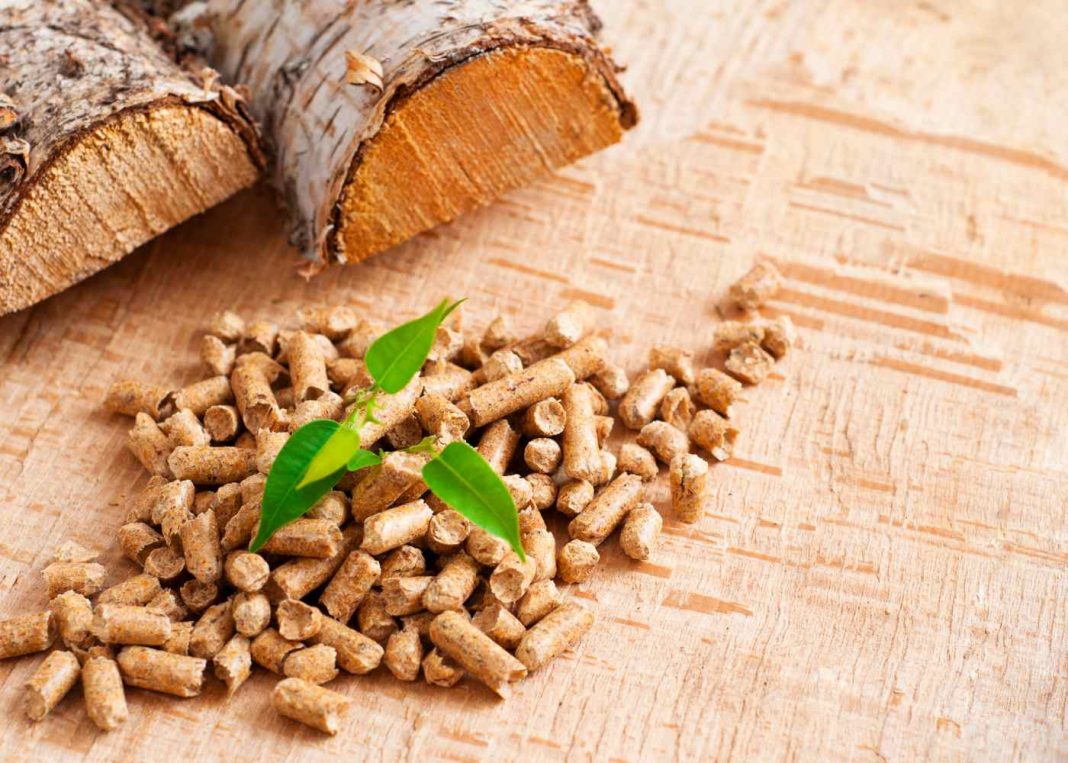Pelletized feed has revolutionized the way livestock and poultry are fed, offering numerous advantages over traditional loose feed formulations. From enhanced nutrition to improved feed efficiency, understanding the benefits of pelletized feed is essential for optimizing animal health and productivity. This article delves into the advantages of pelletized feed for livestock and poultry.
Enhanced Nutrient Density
Pelletized feed offers superior nutrient density compared to traditional loose feed, as it allows for precise control over ingredient composition and formulation. Essential nutrients such as protein, vitamins, and minerals can be evenly distributed throughout the pellets, ensuring uniform intake by animals. This results in better-balanced diets and improved nutrient absorption, ultimately promoting optimal growth, reproduction, and overall health in livestock and poultry.
Reduced Feed Waste
One of the significant advantages of pelletized feed is its reduced susceptibility to waste compared to loose feed. Pellets are compact and uniform in size, making them less prone to separation and selective feeding behavior by animals. This minimizes feed spillage, spoilage, and contamination, leading to higher feed efficiency and cost savings for producers. Additionally, the compact nature of pellets facilitates easier handling, storage, and transportation, further reducing losses throughout the supply chain.
Improved Feed Conversion Efficiency
Pelletized feed has been shown to improve feed conversion efficiency in livestock and poultry, meaning animals can convert feed into body weight more effectively. The uniform size and texture of pellets promote consistent intake and digestion, optimizing nutrient utilization and metabolic efficiency. This results in faster growth rates, better feed-to-gain ratios, and reduced feed requirements per unit of output, ultimately enhancing profitability for producers and reducing environmental impact.
Enhanced Digestibility and Palatability
The pelleting process can enhance the digestibility and palatability of feed ingredients, making them more appealing to animals. Pellets undergo heat and pressure treatment during production, which can help break down complex carbohydrates and proteins, improving their digestibility. Additionally, the uniform texture and size of pellets ensure a consistent eating experience for animals, reducing sorting behavior and promoting higher feed intake. This is particularly beneficial for young or finicky animals that may be selective in their feeding habits.
Customization and Precision Feeding
Pelletized feed offers greater flexibility for customizing diets and meeting specific nutritional requirements of different animal species, breeds, and production stages. Producers can adjust pellet formulations based on factors such as age, weight, activity level, and reproductive status, ensuring precise nutrient delivery for optimal performance. This precision feeding approach minimizes nutrient imbalances and deficiencies, maximizes productivity, and supports overall animal health and welfare.
Conclusion
Pelletized feed represents a significant advancement in animal nutrition and management, offering a range of benefits for livestock and poultry production. From enhanced nutrient density and reduced feed waste to improved feed conversion efficiency and palatability, the advantages of pelletized feed contribute to more sustainable and profitable farming practices. By harnessing the power of pelletization technology and adopting precision feeding strategies, producers can optimize animal performance, minimize environmental impact, and meet the growing demand for high-quality animal products.










